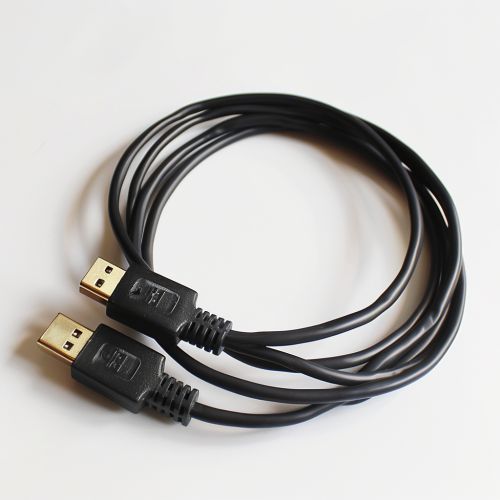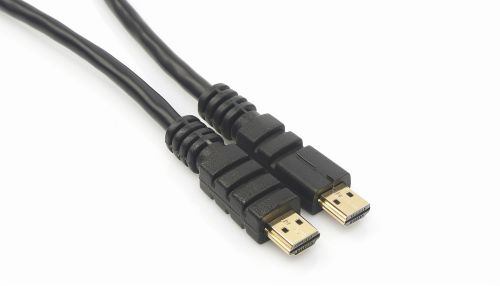MIDI
Introduction
MIDI, or Musical Instrument Digital Interface, is a technical standard that describes a protocol, digital interface, and connectors. It allows a wide variety of electronic musical instruments, computers, and other related devices to connect and communicate with one another. MIDI carries event messages that specify notation, pitch, velocity, vibrato, panning, and clock signals, which control the tempo. As an interface, MIDI does not transmit an audio signal — for instance, as with an audio signal that would be heard on headphones or speakers — but rather sends event messages such as the pitch and intensity of musical notes to play, control signals for parameters such as volume, vibrato, and panning, cues, and clock signals to set the tempo.


History
MIDI was first developed in the early 1980s by leading manufacturers of electronic music equipment. The standard was unveiled by Ikutaro Kakehashi, founder of Roland Corporation, and Dave Smith of Sequential Circuits, and was first published in 1983. The MIDI specification was standardized by the MIDI Manufacturers Association (MMA) and the Japan MIDI Standards Committee (JMSC). The advent of MIDI led to significant advancements in computer-based composition, as the technology allowed for the first time the ability to fully integrate computer-generated sounds into musical compositions.
Technical specifications
MIDI messages are made up of 8-bit words (commonly called bytes) that are transmitted serially at a rate of 31.25 kbaud. A MIDI link can carry sixteen independent channels of information, each of which can be routed to a separate device or instrument. This has enabled the development of "multi-timbral" sound modules, capable of playing different sounds simultaneously.
MIDI and computers
In the early days of computing, MIDI's potential for use in computing was quickly recognized. MIDI files are a type of music file that can be played back on any computer or MIDI-capable device. This is in contrast to audio files like WAV or MP3, which represent the sound of the music, but not the individual notes that make up that sound. MIDI files are much smaller and easier to manage than audio files, making them ideal for use in computer games, mobile phone ringtones, and other applications where storage space is at a premium.
MIDI today
Today, MIDI is used in every aspect of the music industry. From the creation of music in professional recording studios, to live performances, to amateur home recording, MIDI is the standard for electronic music. It is also used in a variety of other industries, including film, television, and gaming, where it is used to create and control sound effects and background music.
